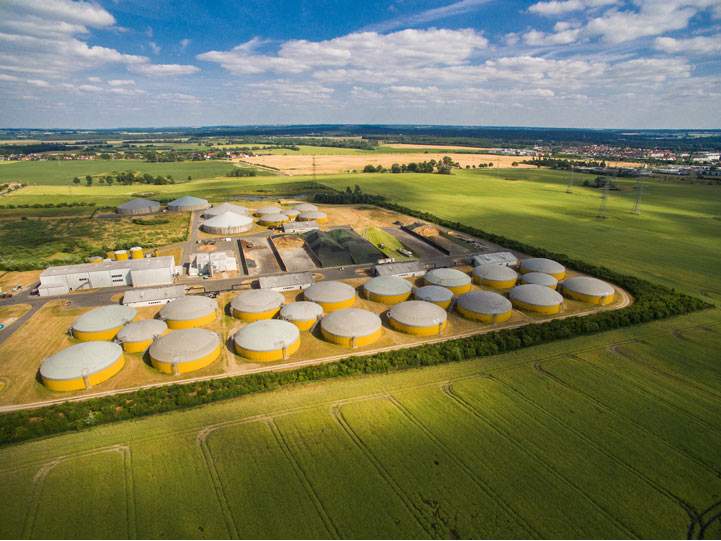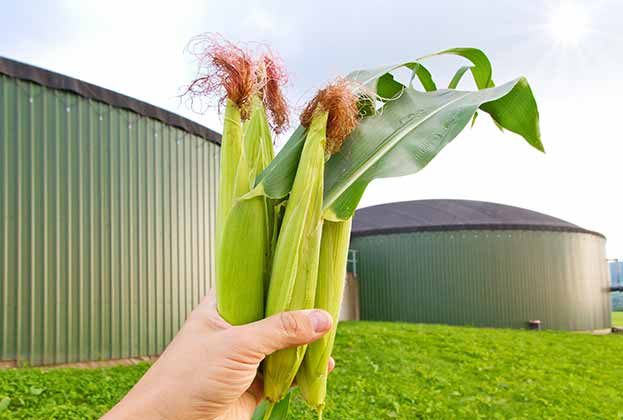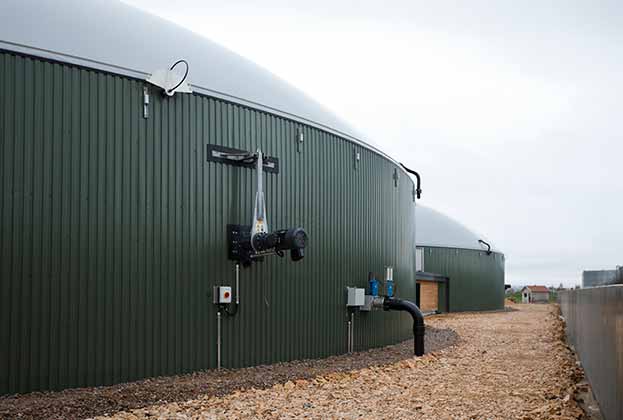There are some unique considerations in constructing an anaerobic digestion plant. Rob Asquith looks at how to account for them and avoid common problems
AD plants may be relatively small in number, but they are widespread. Many planning authorities will have some AD experience and project precedents exist to aid consideration of issues and concerns. Commonly recurring themes are the highway implications of development, visual effects and odour.
More recently, all types of development have to outline their carbon effects. This should be an easy area for AD plants to show benefits as it is an implicit requirement of constructing a plant. However, scope for confusion arises as different feedstocks have widely varying carbon credentials and their carbon effects differ. Making use of waste streams is generally considered better from a sustainability point of view when compared to growing energy crops.
County or district responsibility?
The general convention is that 'waste' digestion projects are those fed principally with post-consumer food waste, much of it collected by councils from households. These are the preserve of the county planning authorities where they still exist. There can be confusion with agricultural feedstock projects as many inputs are by-products (eg. manure, crop residue), sometimes referred to as waste, whereas others (eg. maize) are grown specifically as feedstocks. Feedstocks such as brewery, sugar beet factory, abattoir and dairy residues can be caught in a middle ground, although there are cases in which these have been accepted as feedstocks for plants consented at district level.
The general convention is that 'waste' digestion projects are those fed principally with post-consumer food waste, much of it collected by councils from households
Rob Asquith, Head of Department, Energy & Infrastructure
If, as expected, the government pushes for unitarisation of councils across England – in line with the three other UK nations – then in practice this division will become less significant as each area will have only one planning authority.
This could become a crucial simplification with the government committing to dedicated food waste collections from households across the country by 2023 as part of the Environment Bill. With that, supply of domestic waste will increase.
Infrastructure considerations
The complexities of feedstock overlap with issues on traffic and highways. We have seen an over-enthusiasm for diving into minutiae; where will feedstocks come from, how will they get to the AD plant, how will digestate be removed. Everywhere is local to someone, and concern about traffic in villages and large vehicles on country lanes is understandable, even when much of this material is already on the road, just going somewhere else.
Over-explaining matters at application stage can create unnecessary complexity. Often a simple routing plan, perhaps with an overall cap on transport volumes, is the answer. Increasingly it is possible to track vehicles very precisely and waste industry haulage contracts are often written with “three strikes and out” clauses to deal with non-compliance. Routing plans can be acceptable as planning conditions rather than implementing a stricter section 106 obligation.

How modern Monaco was built by land reclamation The Principality has been growing since the 19th century
Buying existing plants
Many plants have now been in operation for a number of years and as their ownership and funding structures change, we are seeing more plants that do not accord to their planning permission. Often no one notices non-compliance, but it does create difficulty when due diligence is done ahead of a transaction and provides a bargaining position for purchasers to push prices down. We have used non-material amendments and section 73 applications to 'regularise' such situations.
Read the articles within Spotlight: Anaerobic Digestion below.
.jpg)

